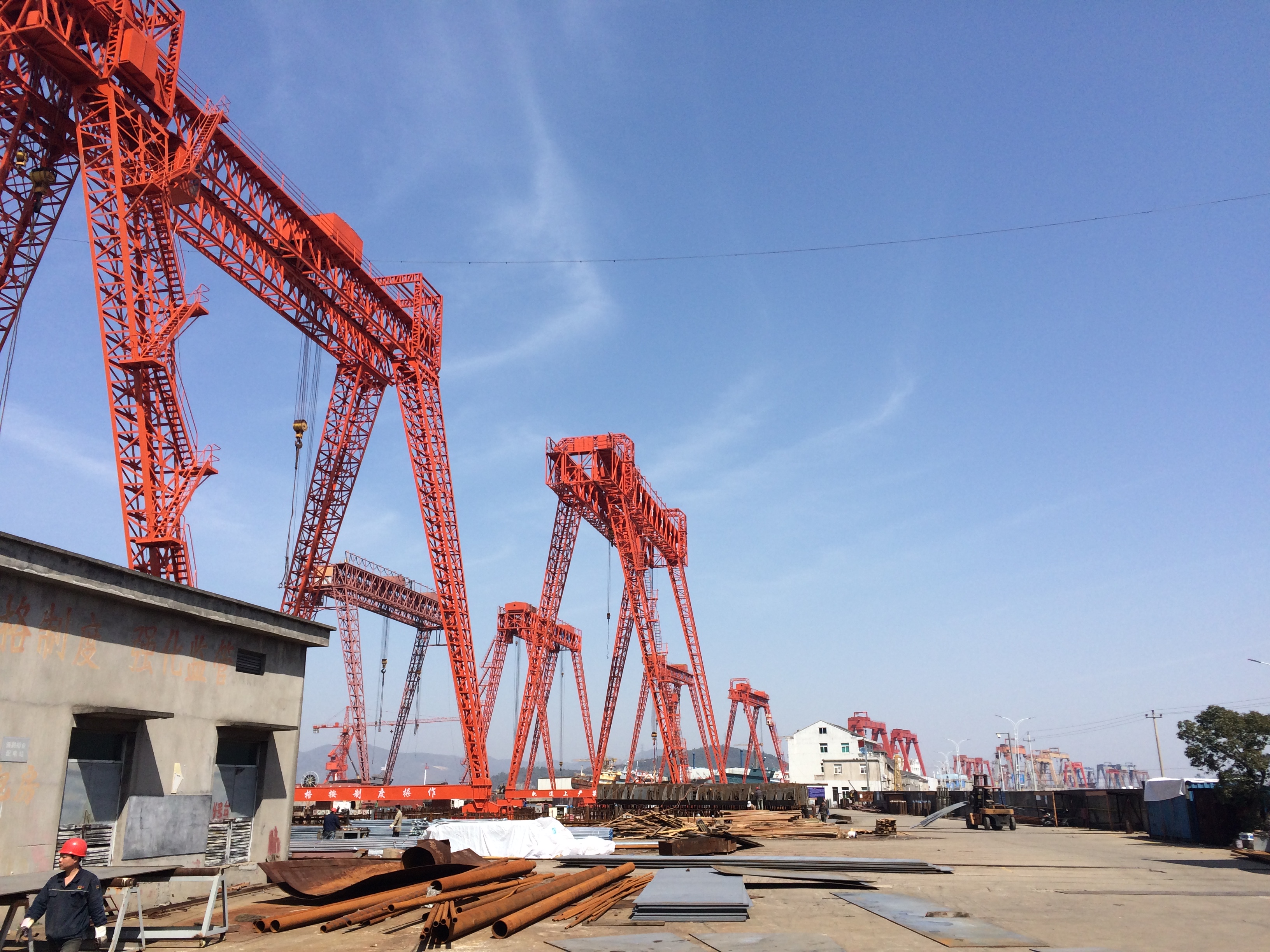Dr Sheng Li is President of Shanghai shipbroker HIT Marine, and a DBA alumnus of the College of Business. Here he tells of how he got into the shipbuilding industry, how China got to be the world's No.1 shipbuilding nation, and what the future holds for the industry. We follow with two articles by Dr Li illustrating two aspects of the Chinese shipbuilding industry: the importance of international brand building, and the boom-bust rollercoaster of the past 10 years.
How did you get interested in the shipbuilding industry?
After graduation from Dalian University of Technology (formerly Dalian Institute of Technology), I was assigned to Dalian Shipbuilding Heavy Industry Co., Ltd. working as an interpreter, where I had a chance to meet with all kinds of maritime people such as ship owners, charterers, class surveyors, equipment suppliers, designers as well as the governmental organization in charge of maritime affairs.
Was it a large shipyard?
There were some 10,000 shipyard employees comprising managerial staff, workshop managers, engineers, as well as first line workers such as riggers, welders, painters and crane drivers. What an interesting job to deal on a daily basis with people who came from all parts of the world and different areas of China! But they all had a common subject whenever and wherever they met and talked — ships. Everybody talked about ships. Everybody played a small role in this long supply chain.
How did HIT Marine start?
HIT Marine Company Ltd evolved from Harbour Island Trading Company Ltd. The company was established by me back in 2001. The name of Harbour Island came to me when I was invited by a ship owner to visit an island in the Bahamas. I was attracted by the pink colour of the sandy beach on this island, and it was called Harbour Island.
In the early days, my company's main business was to provide services to foreign shipping companies and outsource Chinese products including non-marine products for the international market, especially the Bahamas. We grew into comprehensive trading companies including a winery joint venture, food products with Greek companies, and we were the largest importer to the Bahamas for various Chinese products.
How did you get into shipping?
In late 2012, we began to focus on the marine business and changed our name to HIT Marine Company Ltd. In the past few years, as brokers we have helped lots of small and medium Chinese shipyards to successfully secure and deliver various kinds of ships such as container ships, heavy lift carriers, bulk carriers and tankers, etc. We have also placed orders directly with Chinese yards and sold them to foreign clients.
China has 37% of world shipbuilding, Korea 35%, and Japan 19%. Is this set to change?
China will remain as No.1 shipbuilding nation in the world in terms of quantity and completion of carrying capacity ("deadweight tons" in shipbuilding terminology). The argument is that in the last 30 years there have emerged not only a large number of shipyards of different sizes, but also a complete set of shipbuilding materials suppliers and equipment makers in China. The same is true of all three countries, but the trend of losing competitive edge in terms of labour cost from Japan to Korea, then from Korea to China will remain unchanged. In the next five years, the competition for No. 1 shipbuilding nation in the international arena will still be among these three nations. Technically speaking, China has already caught up with Japan and Korea. The only areas we need to improve on are the management skills and coordination of subcontractors.
China is the largest importer of bulk commodities and the largest shipbuilder. Do the two go together?
This is true if we review the history of the development path of some big power nations in the world. Shipbuilding played important roles in the UK, in the Scandinavian countries, in the US, and in Japan, Korea and China today. The nature of shipbuilding is full internationalization and marketization.
How will air freight and railways compete over the next 10 years?
No doubt, airfreight and railways will take a greater share in terms of total shipping volume, especially in the area of containerized cargos and expensive equipment and instruments, but of transport.
What impact will OBOR have on the Asian shipping market?
More Chinese factories equipment and large heavy structure will be transported out of China or along the Belt and Road.
How about the Maritime Road? Will it stimulate the Chinese shipbuilding industry?
As we know the international shipping market was driven by Chinese factors in the last few decades when China imported more than 30% of world's iron ore, coal and crude oil. However, the present shipping fleet is large enough to cover the demand of cargo movements along this Maritime Road. The growth point will be more in the export of infrastructure to build or revitalize new ports along the Road.

